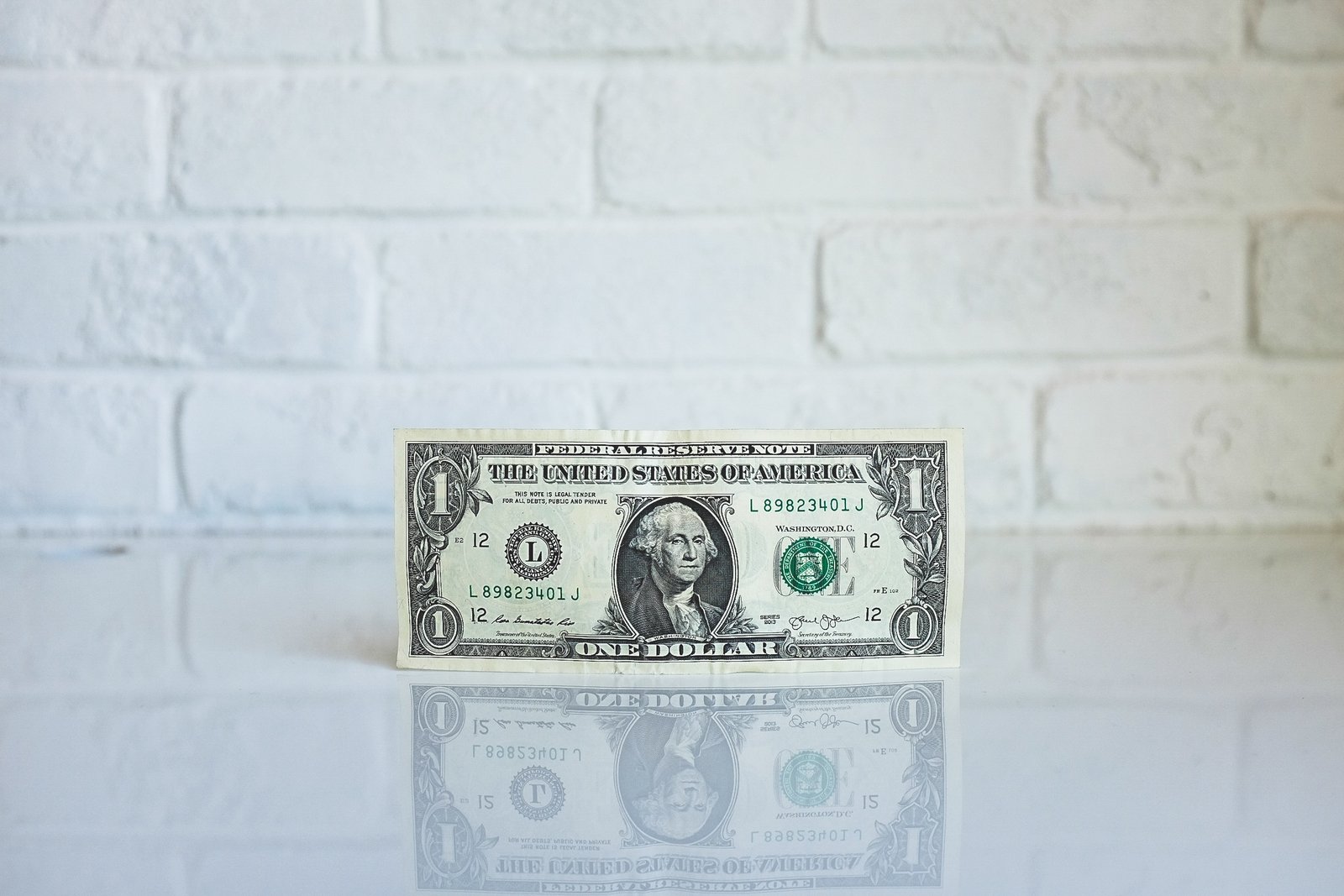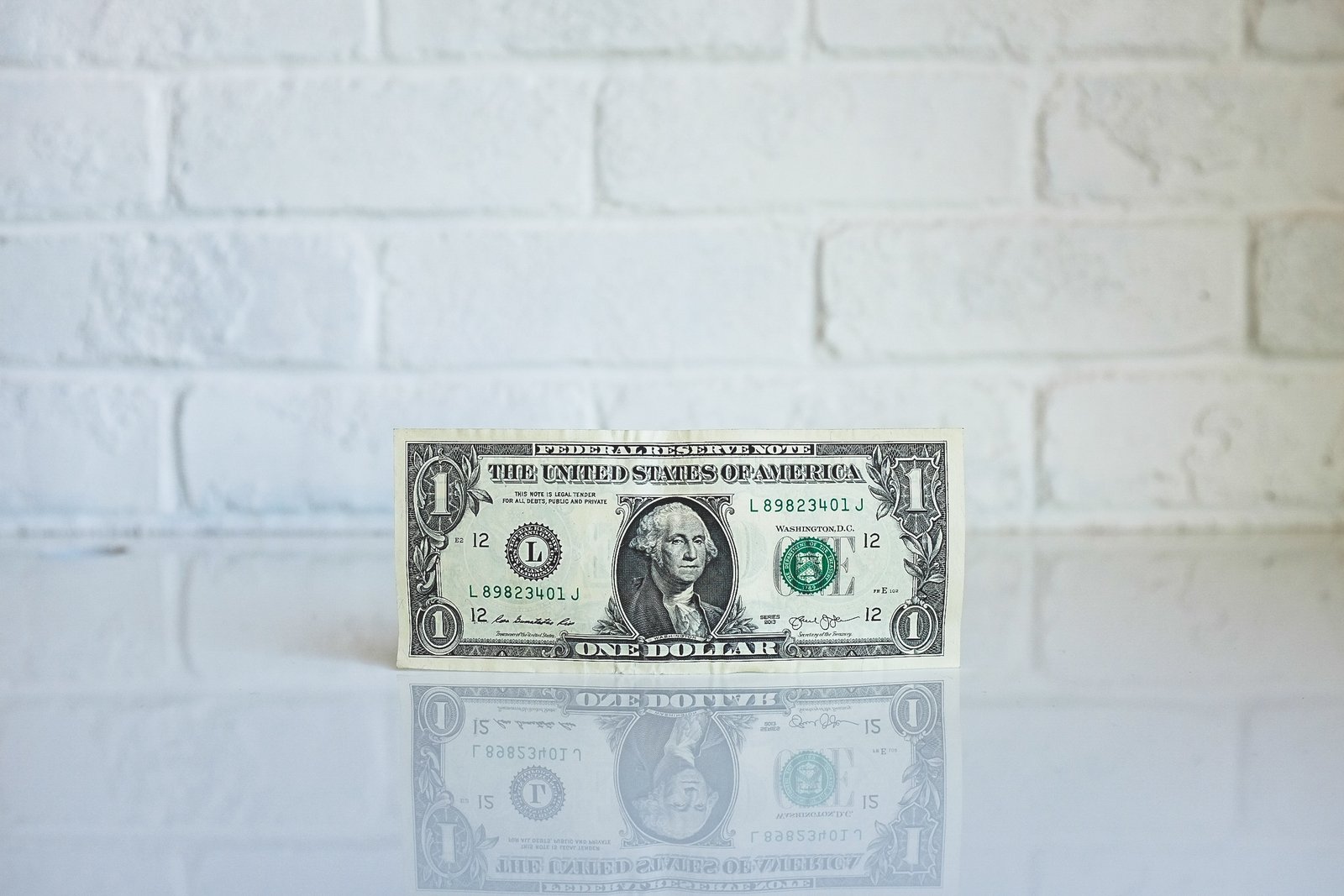Navigating your monthly utility statement can often feel like stumbling through uncharted wilderness – full of complex jargon, convoluted graphs, and bewildering numbers. But, worry no more! This ultimate guide is like a trusty compass in your hand, steadfastly leading you to become adept in understanding your utility expenses. By engaging with this article, you’re embarking on a journey that will clarify those oddly-named charges, demystify consumption graphs, and help you spot any inaccuracies. Soon, you’ll be the master of your own utility statement, confidently assessing your usage, correcting errors, and possibly even saving some hard-earned dollars along the way. Stick with us, and let’s turn the daunting task of deciphering your utility bill into an empowering and enlightening experience.
Understanding Your Monthly Utility Statement
Reading and understanding your utility statement can initially feel like reading a foreign language. Perhaps you’ve simply been paying what you owe and not really giving it a proper study. However, understanding your utility statement is imperative for budgeting, spotting discrepancies, and even finding ways to save.
Deciphering the Different Sections
Most utility statements come divided into multiple sections. The service start and end dates denote the time frame for which you’re being billed, while the current meter reading shows exactly how much power or water was used. The previous meter reading helps to compare the current usage with the past, giving you a general sense of your consumption habits. The ‘New Charges’ section details exactly how much you owe for the period, and the ‘Account Summary’ provides a consolidated view of your account status, including any outstanding amount from prior bills.
Understanding the Terms and Conditions
Terms and conditions are a critical part of any agreement but are often overlooked because of their dry, tedious text. However, they hold important information regarding the obligations of the utility company and your rights as a consumer. It’s in these sections where you can find details about possible rate changes, how meter readings occur, and what happens in case of late payments.
Spotting the Various Charges
A utility statement typically includes multiple charges: consumption charge (cost for actual usage), service delivery charge (cost for delivering the service to your home), and other miscellaneous charges. These could include emergency service or maintenance fees. If any new or unfamiliar charges appear, be sure to question them.
The Importance of Regularly Reviewing Your Utility Statement
Reviewing your utility statement regularly could prevent unexpected issues down the road.
Preventing Overcharges
Sometimes, human error or failed meter readings could lead to being charged for more than you consumed. Regularly reviewing your bill can help you promptly identify these errors and prevent overcharges.
Detecting Discrepancies
By closely watching your usage trends, you’ll be more likely to spot discrepancies. Perhaps your statement shows a sudden spike in use that doesn’t reflect your actual habits, or maybe your bill has been steadily increasing despite no noticeable changes in your habits. Early detection of these issues can lead to a swift resolution.
Maintaining Accurate Records
By continually reviewing your utility statement, you will also maintain a paper trail of your utility usage and payment records. This can come in handy if discrepancies occur or if you decide to switch providers.
Tips to Keep Your Utility Bills Down
It’s always a good idea to find effective ways of keeping utility costs down. Here are a few tips to help you achieve this.
Utilizing Energy-Saving Appliances
Energy-efficient appliances may be more costly initially, but they consume less energy and water in the long run, therefore saving you money.
Monitoring Your Energy and Water Usage
Take note of your consumption habits and try to identify any wasteful behaviors. Perhaps you leave the lights on when not in a room, or maybe your faucet leaks. Actioning these issues promptly will reduce wastage and cost.
Investing in Renewable Sources
Harnessing renewable energy sources, such as solar and wind, can significantly reduce your utility costs. Although the initial setup price may be steep, the long-term savings can be substantial.
Steps to Address Discrepancies in Your Utility Statement
Spotting discrepancies in your utility statement is just the first step. The next critical step is addressing these discrepancies with your utility company.
Contacting Customer Service
The first step involves contacting the utility company’s customer service. Ensure you have all facts ready, including previous readings, bills, and exact details of the discrepancy.
Presenting Your Case
Explain the issue at hand clearly to the representative. Request an explanation for the unusual readings or charges and ask if a mistake could have been made.
Ensuring Adjustments are Made
Once a resolution has been reached, make sure that the agreed adjustments reflect in your next bill.
Understanding Rate Plans and Discounts
Different utility providers offer different rate plans with varying fees and charges. Some also provide discounts and rebates to certain customers for various reasons.
Potential Benefits of Different Rate Plans
Some rate plans, like time-of-use plans, may offer lower rates during off-hours. Usage-based plans, charge you for your exact usage. Exploring the different plans and their benefits will help you find the best one for you.
Qualifying for Discounts and Rebates
Those who utilize energy-efficient practices or appliances often qualify for rebates or discounts from their utility providers. Seniors, veterans, low-income households, etc, may also qualify for discounts. It’s always beneficial to research and take advantage of such opportunities.
Assessing the Best Rate Plan for Your Needs
Take time to consider your utility needs, habits and budget. Based on these factors, assess which rate plan suits you best.
Tracking Your Utility Usage
Consistent tracking and analysis of your utility usage over time can provide a better understanding of your consumption patterns, therefore giving you detailed information on where and how to save.
Utilizing Tracking Apps and Websites
Many utilities provide their customers devices or apps to monitor their energy use. You can also utilize third-party websites or tools for this.
Analyzing Patterns in Your Usage
Perhaps you’ll notice that your consumption spikes at a particular time of the day or that your water use increases during a certain season. Recognizing these patterns allows you to take measures to manage and reduce unnecessary use.
Reducing Excess Usage
Tracking your usage also helps identify any waste. Maybe you have a habit of leaving electronics on standby or you tend to run your dishwasher half-filled. Once you’ve identified these wasteful behaviors, you can work on adjusting your habits.

Interpreting Fee Adjustments and Surcharges
Sometimes, your utility bills might include extra fees, adjustments, or surcharges that might seem confusing.
Deciphering Common Adjustments
Adjustments may be applied to your bill for various reasons such as changes in service or pricing rates. Understanding these adjustments is key to ensuring you’re not being overcharged.
Understanding Surcharges
Surcharges are additional fees that the utility company may levy for specific scenarios, like for supplying energy during peak hours. Knowing what these are can help prevent any unexpected surprises on your statement.
Checking for Unnecessary Fees
Sometimes, utility companies may add additional fees to your bill, like late payment fees. Review these charges closely to ensure they are valid.
Anticipating Seasonal Variations in Your Utility Statement
Your utility usage and, therefore, costs can vary greatly with the seasons. Hence it is important to anticipate these changes.
Recognizing Seasonal Consumption Patterns
A heated home during the winter or a cooled one during the summer can cause significant spikes in your energy usage. Knowing this can help you anticipate and prepare for higher bills during these seasons.
Budgeting for Higher Consumption Periods
Identifying your high consumption seasons allows you to budget effectively for them, and prevent any unpleasant surprises when your bill arrives.
Taking Measures to Reduce Seasonal Variation
You can take measures to mitigate seasonal consumption spikes. This could involve using energy-efficient appliances, sealing drafts in your house, or using natural light and air when possible.
Understanding the Environmental Impact of Your Utility Usage
Your consumption choices not only impact your wallet but also the environment. It’s good to be conscious of this.
Energy Consumption and Carbon Footprint
The energy you consume at home contributes to your carbon footprint. To reduce this, you could switch to renewable sources of energy or invest in energy-efficient appliances.
Water Usage and Conservation
Your water usage also has an environmental impact. Simple habits change, like fixing leaks promptly or using water-saving appliances can make a significant difference.
Employing Greener Practices
Besides conserving energy and water, you can also implement other green practices at home. This could include recycling, composting, or even planting trees in your yard.
Exploring Alternative Utility Companies and Contracts
If you are unhappy with your current provider, remember, you have options.
Pros and Cons of Switching Providers
Each provider has its own set of advantages and disadvantages. It’s crucial to weigh these before making a decision to switch.
Understanding Contract Terms
Before switching, thoroughly examine the contract terms of the new provider. This includes studying the rates, fees, discount eligibility, and termination fees, among other terms.
Comparing Rates and Services Across Providers
Take time to explore and compare rates and services from at least three different providers before making a decision. You may find a provider who offers better value or better services for the same cost or less.
Mastering your utility statement provides you with a powerful tool in effectively managing your utility usage and costs. This guide has provided an overview of the kinds of information that your bill includes and discussed why understanding this information is necessary. So, the next time you receive your utility statement, take a closer look and keep this guide in mind. You might find that you have more control over your utilities than you thought.


